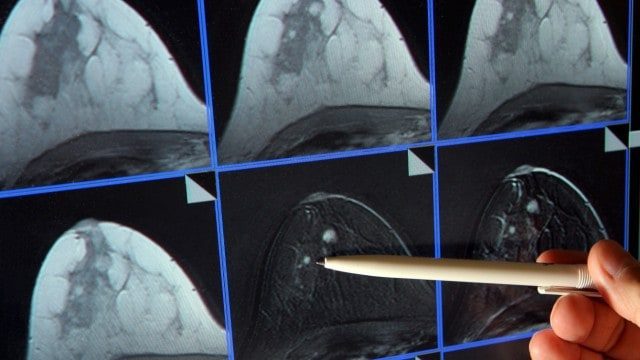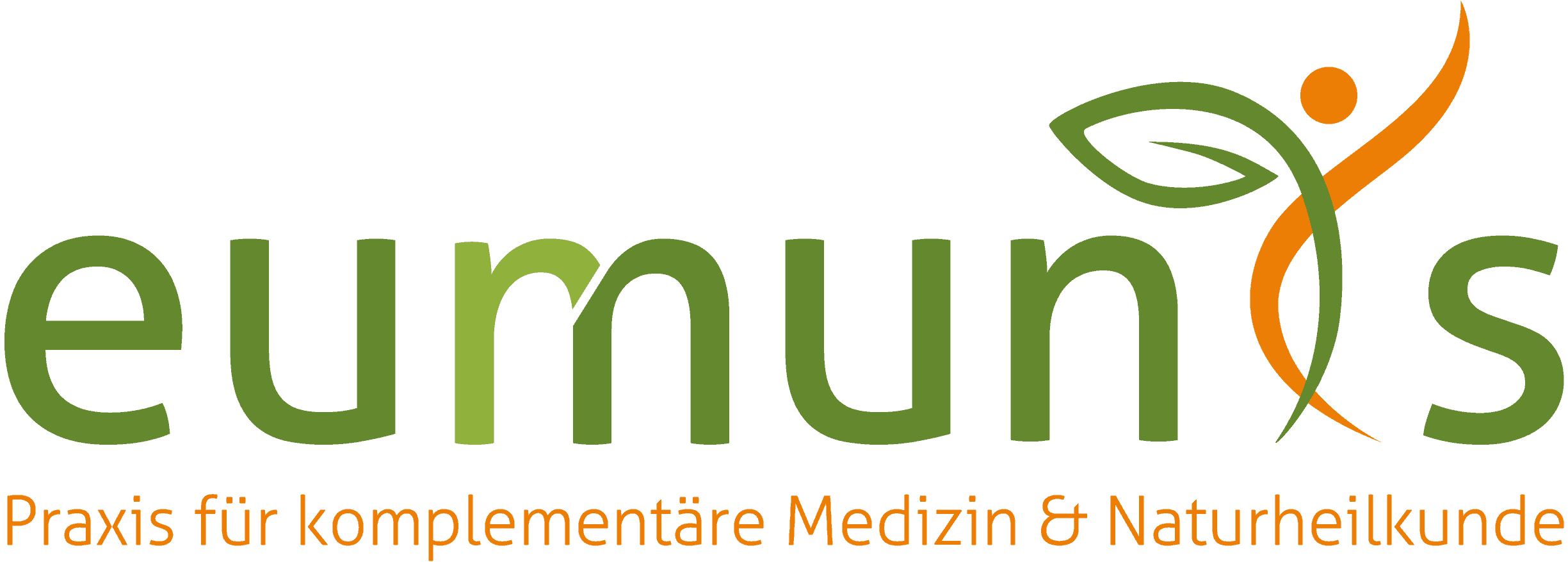Cancer Drugs – Billions for Little Effect
from: www.sueddeutsche.de from 12.09.2017; 13:27

by Werner Bartens
Pharmaceutical companies like to justify high prices for drugs with enormous costs for research and development.
Now, scientists in the journal JAMA Internal Medicine show that the investments are by no means as high as manufacturers claim.
At least as annoying for doctors and patients is that many of the new cancer drugs are of questionable benefit.
The secret meeting took place behind thick castle walls. Politicians, chief physicians, health insurance executives, hospital operators and pharmaceutical bosses had come together for a kind of crisis meeting. Secrecy was agreed, they wanted to talk unencumbered by association interests.
The discreet meeting already took place in the summer of 2010, but many politicians are still reluctant to clearly state that the rising costs in medicine are bursting every health system. Particularly extreme price drivers are new cancer drugs; meanwhile, there are several drugs that cost more than 100,000 euros if a patient is treated with them for a year.
Pharmaceutical companies like to refer to their high costs for research, development and clinical testing, which are due before approval and with which they justify the prices for the drugs. However, cancer doctors from the USA show in the journal JAMA Internal Medicine that the upfront investments are by no means as high as manufacturers claim – the profit margin, on the other hand, takes on immense proportions.
On average, the development of the ten cancer drugs cost 648 million dollars each – a total of about 6.5 billion dollars. These expenses were offset by revenues of 67 billion dollars by the end of 2016, which were generated by the companies with these ten drugs alone. “The profit after approval is considerably greater than the costs for research and development were before,” the authors say.
Also, the benefit of the new drugs is often marginal – with massive side effects at the same time
For example, the cancer drug Ibrutinib, which has been on the market under the trade name Imbruvica since 2014 against chronic lymphocytic leukemia, had development costs of less than 300 million dollars compared to revenues of almost 80 times that amount (22.275 billion dollars). The cost of treating a patient in Germany is 96,000 euros per year. A similar ratio applies to Enzalutamide (Xtandi), which has been approved since 2013 against metastatic prostate cancer and has so far generated more than 20 billion dollars for the manufacturer. The annual therapy costs for a patient amount to a good 60,000 euros.
Prasad and Mailankody have generously calculated the expenses of the companies. In their analysis, they deliberately chose manufacturers who had no other cancer drugs on offer in the past decade. The development costs of the pharmaceutical companies will therefore have been higher than those of companies that already had similar drugs in their product range and could draw on corresponding development work. In addition, the period in which the cancer drugs have so far generated billions is comparatively short. The drugs studied in the current study were on the market for an average of four years.
Comparison with Gold, Platinum or Diamonds
“This analysis is not easy to refute, because the authors also take into account the companies’ costs for failed experiments and attribute high development costs even to cheap copycat products,” says the pharmaceutical expert Merrill Goozner. “This shows that the pricing policy of the pharmaceutical companies has long been independent of the actual costs for research and development.” For the author of the book “The $800 Million Pill”, the conclusion is clear: “Politicians can confidently restrict the prices for medicines – they do not have to be afraid of thereby hindering innovations on the pharmaceutical market.”
In the discussion about “moon prices” and indecent profit margins of the pharmaceutical industry, it has long been common in Germany to compare the costs of cancer drugs with gold, platinum, diamonds or plutonium. The price per gram for several drugs against cancer has long been a hundred times higher than that of precious metals and other precious substances. What is sold is the hope of healing from severe suffering, not the equivalent value for the substances or their production.
At least as annoying as the pricing is for doctors and patients that many of the new cancer drugs are of questionable benefit. The high prices are almost never justified by an outstanding effectiveness. “From a scientific point of view, cancer medicine is currently experiencing exciting times with many interesting new developments,” says the Berlin cancer doctor Wolf-Dieter Ludwig, who also heads the Drug Commission of the German Medical Association. “But the benefit for patients is often only marginal or bought with severe side effects.”
“This treatment or rather a brand new Maserati Quatroporte?”
A symposium in Ludwig’s honor last week was therefore also dedicated to the new cancer therapies and their costs. The remarks of Josef Hecken, the chairman of the Joint Federal Committee (G-BA), which decides which therapies and examinations are covered by the statutory health insurance companies, were revealing. Half of 30 new oncological agents in Germany cost more than 100,000 euros annually per patient; even the cheapest ones still come to 30,000 euros annually or more.
However, patients can only expect an extension of life expectancy of five months from ten of the 30 drugs, the remaining ones bring between four weeks and three months – under sometimes considerable side effects. “When we evaluate the benefit in the G-BA, it often turns out that a clinically relevant extension of survival time is only achieved in subgroups at all,” says Hecken. “These are then usually less than six months with very high additional therapy costs.”
The cancer physician Antonio Pezzutto from the Berlin Charité reminded, in view of the billions in sales with cancer drugs, that in Africa alone ten states have a gross domestic product of six billion euros and are thus below the revenues that pharmaceutical multi Roche generates with a single cancer drug such as Trastuzumab (Herceptin) or Bevacizumab (Avastin). “Given the annual costs for treatment and the modest therapeutic success of some drugs, one can ask how patients would decide if they had to bear the costs themselves,” Pezzutto gave to consider. “This treatment or rather a brand new Maserati Quatroporte?”
“Change is hardly in sight. In May, the G-BA unanimously attested that Pfizer’s breast cancer drug Ibrance had no additional benefit. The drug with annual treatment costs of 66,000 euros leads to severe side effects in 78 percent of patients. Pfizer has already earned 600 million euros worldwide with Ibrance, the health insurance companies in Germany have reimbursed it in the amount of more than 17 million euros – because the approval throughout Europe already took place last autumn.
